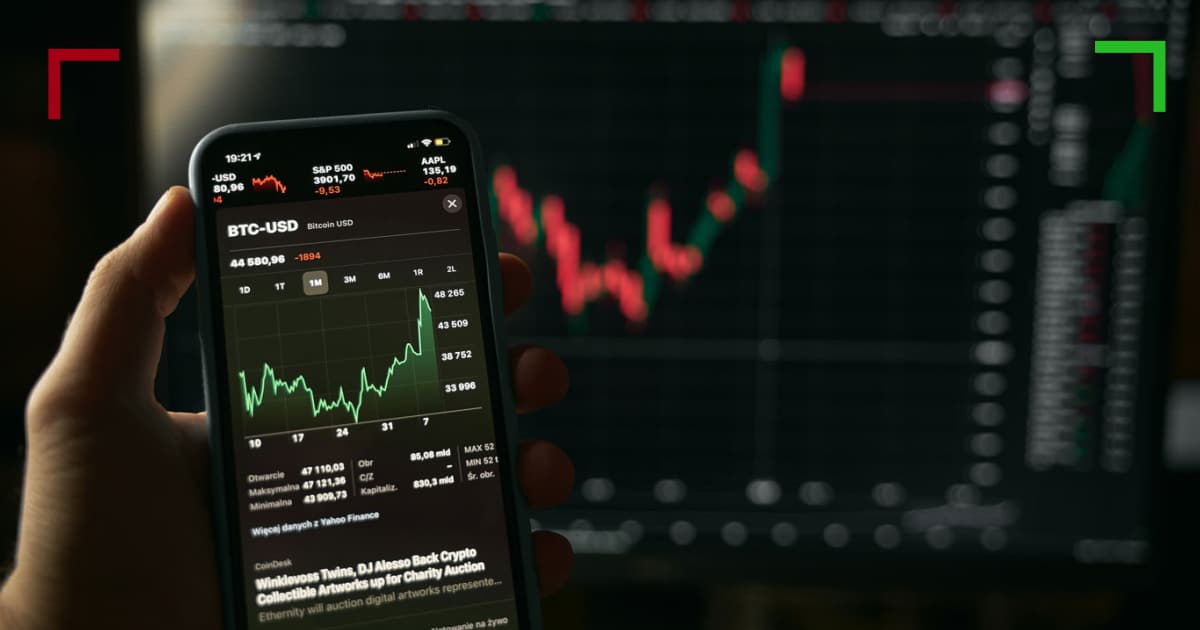
Understanding Crypto Trading Charts: A Comprehensive Guide
In the ever-evolving world of cryptocurrency, making informed trading decisions is essential. One of the most powerful tools at a trader’s disposal is the crypto trading chart. These charts provide a visual representation of price movements and trends in the crypto market, enabling traders to analyze and forecast future price actions. In this article, we will delve into the essential components of crypto trading charts, various types of charts, and how to interpret them effectively. Moreover, we will also discuss some practical tips to enhance your trading strategy. If you want to deepen your understanding of this subject, you can Crypto Trading Charts visit website for more resources.
The Importance of Crypto Trading Charts
Crypto trading charts are vital for both novice and experienced traders. They encapsulate crucial data regarding past price movements, allowing traders to identify patterns that could inform future decisions. Recognizing historical price behaviors can help traders establish entry and exit points, manage risks, and ensure a disciplined trading approach. Most importantly, these charts enhance traders’ ability to read market sentiment and act accordingly.
Types of Crypto Trading Charts
Several types of trading charts can be utilized in crypto trading, with the two most popular being line charts, bar charts, and candlestick charts. Let’s explore each type in detail:
Line Charts
Line charts are straightforward and primarily display the closing prices of a cryptocurrency over a specified time frame. The data points are connected to form a continuous line, making it easy to identify price trends quickly. This charting method is particularly useful for viewing long-term trends but may overlook significant price fluctuations that occurred within a timeframe.
Bar Charts
Bar charts provide more comprehensive information than line charts. Each bar represents a specific time period (like an hour, day, or week) and includes data points for the opening price, the closing price, the highest price, and the lowest price during that period. This added detail allows traders to analyze volatility, which is critical in the highly fluctuating crypto market.
Candlestick Charts
Candlestick charts are a favorite among traders for their rich visual detail. Each “candlestick” contains the same information as a bar chart (opening, closing, high, and low prices) but presents it in a more visually appealing manner. The body of the candlestick denotes the difference between the opening and closing prices, while the wicks (or shadows) showcase the high and low prices during the period. Candlestick charts are powerful because they can provide insights into market sentiment — if the body is filled or colored, it typically indicates a bearish trend, while a hollow or differently colored body suggests bullish momentum.

Reading Crypto Trading Charts
To leverage crypto trading charts effectively, it’s crucial to learn how to read the indicators and patterns they reveal. Here are some essential components to focus on:
Support and Resistance Levels
Support and resistance levels are critical concepts in technical analysis. The support level is a price point where a falling market tends to stop and reverse, while the resistance level is where a rising market may stall or reverse. These levels can be visually identified on the charts, helping traders recognize potential buy or sell opportunities.
Trend Lines
Drawing trend lines on charts helps traders visualize prevailing market trends. An upward trend line connects a series of higher lows, indicating a bullish market, while a downward trend line connects a series of lower highs, indicating a bearish market. Trend lines can serve as valuable guides when planning trades.
Technical Indicators
Many traders employ technical indicators to enhance their analysis. Popular indicators include Moving Averages, RSI (Relative Strength Index), MACD (Moving Average Convergence Divergence), and Bollinger Bands. These tools can help identify market trends, momentum, and potential buy/sell signals.
Practical Tips for Using Crypto Trading Charts
Here are some practical tips to enhance your application of crypto trading charts:
- Stay Patient: Avoid making impulsive decisions based on sudden price movements. Allow the charts to guide you and wait for confirmation of trends.
- Combine Different Chart Types: Use multiple chart types in conjunction to gain a full understanding of market movements and sentiment.
- Keep Learning: Continuously educate yourself on charting techniques, market dynamics, and trader psychology to refine your skills.
- Employ Risk Management: No trade is certain, so utilize stop-loss orders and manage your capital wisely to protect against unexpected downturns.
- Maintain a Trading Journal: Document your trades, analyses, and the outcomes to identify patterns in your trading behavior and improve decision-making.
Conclusion
Mastering crypto trading charts can significantly improve your trading outcomes. With the ability to analyze price movements and apply technical analysis skills, traders can make informed decisions in the volatile world of cryptocurrencies. By understanding various chart types, reading market signals, and applying the right strategies, you can enhance your potential for success. The journey of learning about cryptocurrency trading is continuous, and staying informed is paramount.